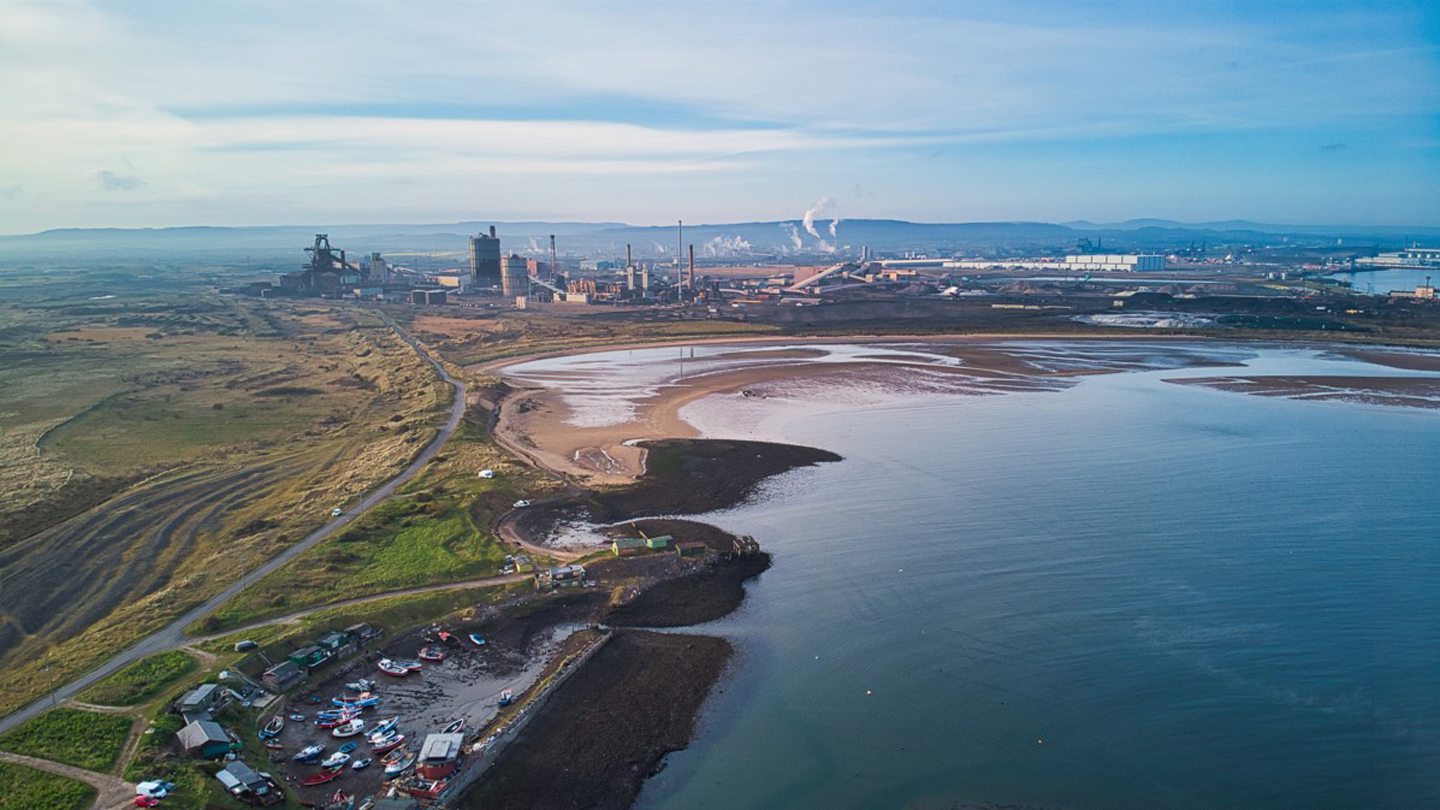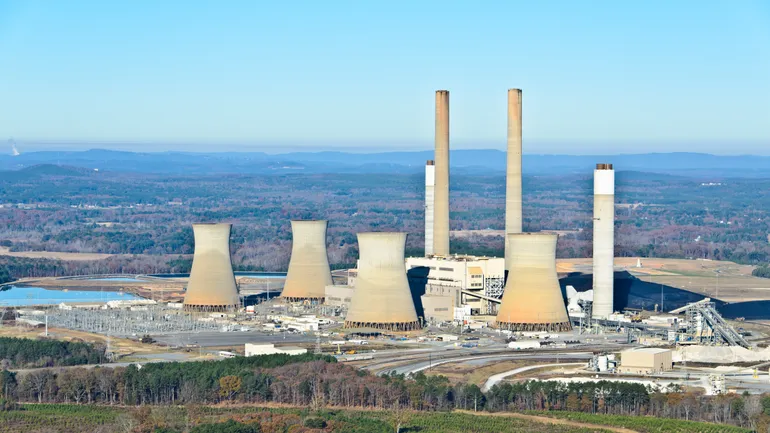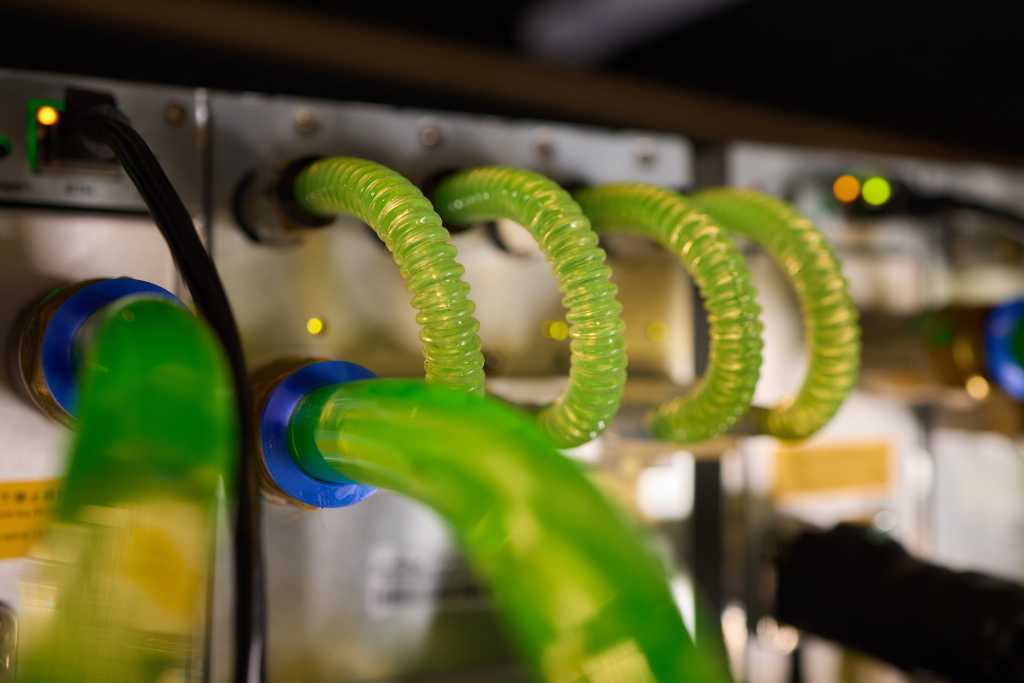Teesside can set an example for the rest of the world with its innovative carbon capture plans – while also creating thousands of jobs – the Managing Director of Net Zero Teesside Power (NZTP) has said.
Talking to Energy Voice at the Innovation Zero conference, Ian Hunter heralded plans to build the planet’s first major gas-fired power station with carbon capture.
Some 742MW of “low carbon flexible power” will be provided, he explained.
NZTP is working closely with East Coast Cluster and the Northern Endurance Partnership on the project, which will involve transporting CO2 and storing it “permanently and safely” deep off the North Sea.
Mr Hunter said the proposals had been drawn up amid “global agreement” around the need for a “massive amount” of CCS in the future.
“This is exciting as it would be the first gas-fired power station in the world with this technology,” he continued.
“It is really important for the UK…we need a power source that can meet our energy demands when it is not windy or sunny.
“We want to take flexible energy and decarbonise it.”
An international blueprint for scale
 © Supplied by Equinor
© Supplied by EquinorMr Hunter said the “real beauty” of the scheme was that, if successful, it could be copied globally.
NZTP hope to have the project up and running by 2028.
“This is really happening,” he said.
“Contracts are all signed, we are now in the execution phase.
“The UK is really trying to develop a system where big projects get on line and smaller projects tie in later.
“That is how you achieve scale and variety in your carbon capture.”
E-FWD Analysis: “Just get moving” on Tees Valley’s path to energy leadership
Describing the scheme as important on a national and international scale, Mr Hunter also said it was vital to drive investment into Teesside.
“The site we are using is the old site of the Redcar steel works which sadly shut down,” he continued.
“This had a massive impact.
“The ability to build something new and low carbon in place of that makes this particularly attractive.”
The project is expected to create around 3000 jobs during construction and then in the region of 1000 during operations.





















